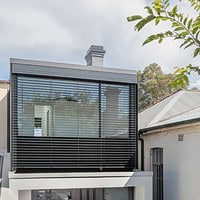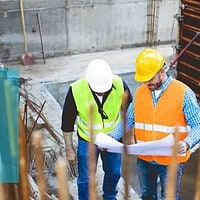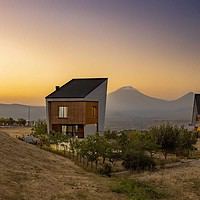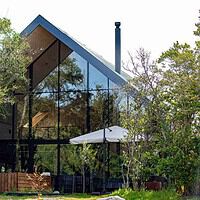Whether your relationship with architecture is purely utilitarian — you go into buildings and you come out of them — or partly utilitarian and partly aesthetic — you marvel, wonder, reflect, design or discuss buildings — the ways in which shelter affects all of us is very real. From animal hides and stone to brick and steel, the materials that have been employed in the service of providing humans with shelter over the course of millennia are myriad, and today’s technological and increasingly smart materials explosion has brought about even more options. Fabric is one of these, and when used well, it enhances architecture in ways that can be downright surprising and even inspiring. Here is a look at seven ways in which fabric can enhance architecture.
1. Light
The aesthetic and practical concerns of lighting have always been both a problem that must be adequately addressed and a design element that, ideally, must be pleasingly realized. With custom fabric buildings, the material’s translucency can allow for enough natural sunlight to come in during the day that daytime lighting becomes a tertiary design concern. That reality allows for plenty of flexibility in design without foregoing the fun that can attend lighting a space so that it’s usable, functional, and pleasing to use in the dark.
2. Flexibility
There aren’t a lot of materials out of which an architect can build permanent or temporary structures, but fabric’s remarkable flexibility allows it to do just that. Whether located out of doors or placed inside a larger building in order to transform it into a totally new and differently-used space, fabric can create a shelter that’s tailor-made to very specific applications in a very short amount of time, and, if the building needs to be relocated or removed, a fabric structure makes that work much simpler than with more traditional materials.
3. Durability
One surprising aspect of fabric buildings is their remarkable durability. Thanks in large part to the changes technology has brought about in fabric manufacturing, the fabrics utilized in today’s fabric building are remarkably hearty and strong. Add to that their inherent resistance to corrosive elements such as salt, pollution, fertilizer, and the like, and fabric — in some applications — is actually a superior choice to steel for anyone who needs a structure with more staying power.
4. Temporary Uses
The temporary uses of a fabric structure run the gamut. From airplane hangars that may need to be relocated with short notice to pop-up galleries inside a warehouse, fabric can allow for an amazing range of temporary design. While many temporary uses are more utilitarian in nature, some — such as the Tuballoon, a sculptural and pneumatic structure set up and taken down every year for Norway’s Kongsberg Jazz Festival — are distinctly aesthetic and even revolutionary in their design.
5. It’s Sculptural
Just ask a fashion designer about the merits of fabric, and in no time, you’ll be presented with a defensible thesis on the many sculptural qualities that make it an ideal medium for creating coverings for the human body. While the scale is much larger, these same qualities can be brought to bear in architecture. While it depends on the exact type of fabric being used and its application, elements like draping, pleat retention, insulating properties, washability, absorbency, breathability, and more can all be called upon to serve a building’s design in ways no other material could pull off.
6. Cost
Fabric structures, for the most part, cost considerably less than their brick-and-mortar counterparts, and much of this cost savings is in the ease of installation. There tends to be much simpler site preparation, and the threat of problems like groundwater contamination, poor weather conditions, and the like don’t apply as routinely. For any client or designer who needs to create a structure on a budget, fabric can be a great choice.
7. Sustainability
Because fabric structures are easier to install and allow for more natural lighting during the day, they tend to be more sustainable than more traditional building materials from the start, but their sustainability prowess doesn’t stop there. Many fabric buildings can also be designed in such a way as to take advantage of a fabric’s insulatory properties, regardless of whether what is needed is protection against cold or heat. In particular, fabric buildings provide plenty of albedo — or high solar reflectance. This property keeps a fabric roof cool, which can provide considerable energy savings during the summer
Fabric is much more than just something we place next to our bodies. As these seven reasons illustrate, it can also be a surprising resource that can enhance the world of architecture, too.
















